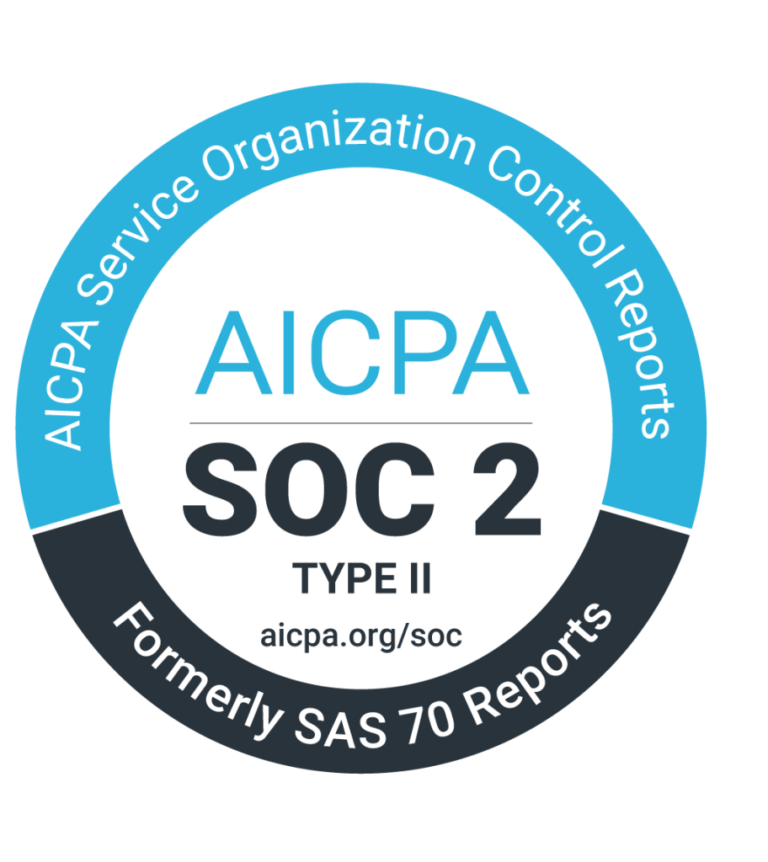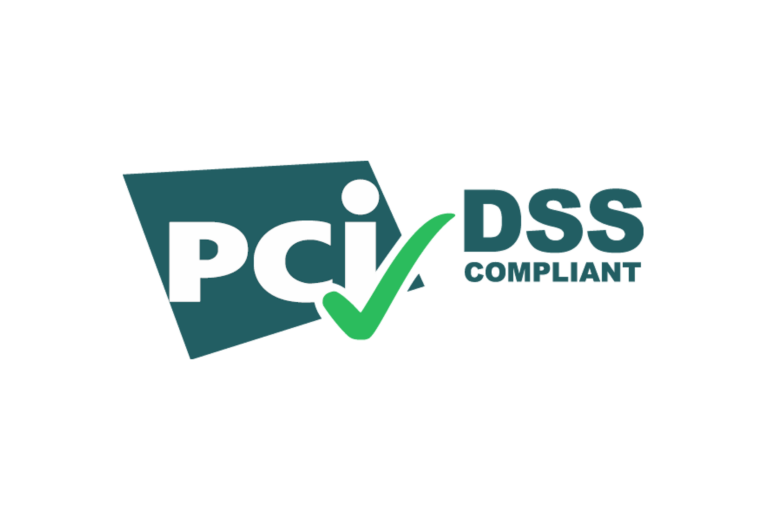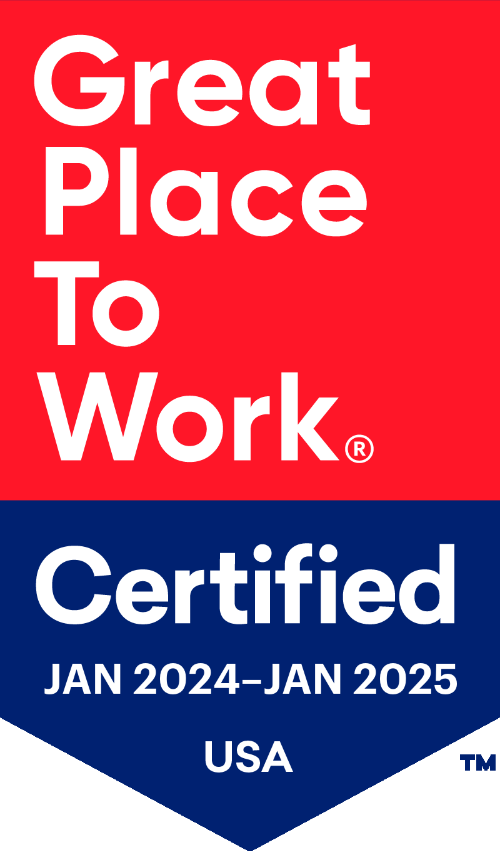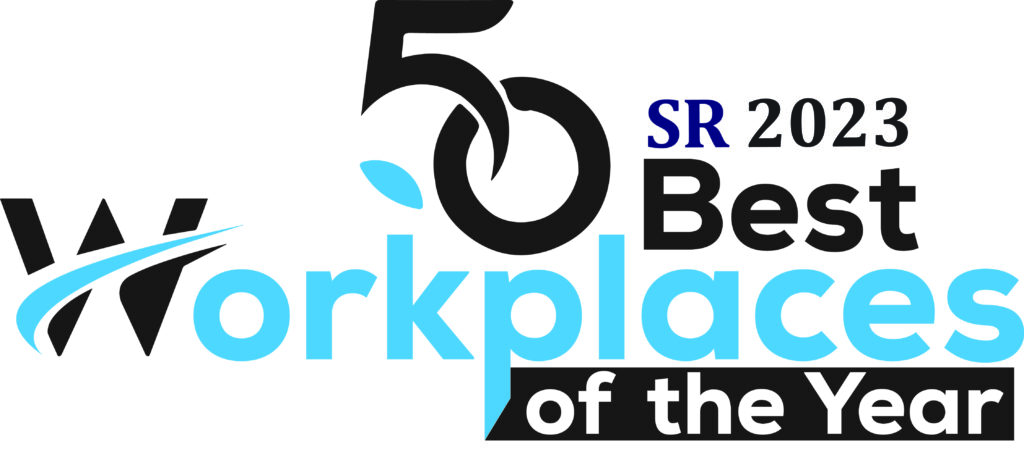As a Fintech company in the dental industry, staying abreast of trends is essential to align our product solutions with the future. The dental industry is undergoing a paradigm shift driven by the benefits of technological innovations. Here are the top four dental trends we’re keeping an eye on in 2024.
Trend #1: Whole Body Connection
The surmounting data on the connection between oral health and overall well-being continues to grow, fostering a transformative shift in the landscape of integrated treatment. Dental professionals are forgoing closer partnerships with healthcare providers to manage systemic or chronic conditions with oral manifestations. Patient-centric care will continue to grow with enhanced technology integrations that provide more efficiency between care teams. Some of the more recent initiatives include:
- US federal funding increases for Medicare & Medicaid will raise the demand for oral care services, reducing patients’ out-of-pocket expenses.
- Pacific Dental Services opened the first Dental-Medical integration office with MemorialCare, revolutionizing healthcare delivery.
- Medicare Advantage plans now offer benefits for people with certain chronic health conditions. For example, diabetic patients receive extra teeth cleanings.
- The ADA pushes for dental coverage to be considered an essential health benefit.
Trend #2: Personalized Care
Patients increasingly demand personalized, value-based care tailored to their individual needs and preferences. These factors influence where patients receive care and reduce cancellations and no-show appointments.
- Convenience & Accessibility: Patients want convenient dental care that fits their busy schedule and lifestyles; including extended hours, online scheduling, and teledentistry. 14% of patients say they don’t see a dentist due to lack of time. Teledentistry is becoming increasingly popular, enabling patients to receive care from the comfort of their homes. This also improves accessibility for rural and underserved areas.
- Affordability: Cost is the most significant reason patients avoid dental care, and 77 million adults in the US don’t have dental insurance. Beyond dental insurance coverage, patients seek transparent and cost-effective options such as dental plans, payment plans, and patient financing. Wellfit will continue to monitor this trend and provide new solutions to dental offices to improve affordability for their patients.
Trend #3: Preventive Care
Patient education forms the foundation of preventative care, targeting root causes through regular cleanings, checkups, flossing and using flouride toothpaste. This proactive approach provides cost savings by avoiding exhaustive treatments before issues escalate. Shifting the focus to early intervention is key to reducing over 80% of the most common dental problems. With increased awareness, patients are taking steps to avoid dental issues, as evidenced by the 64% of adults who had a dental exam or cleaning in 2022 (CDC) and 87% of children. These numbers support a positive shift towards healthier habits that provide optimal dental and overall well-being.
Trend #4: Technology
Technology advances are transforming the dental industry. The impacts of reduced recovery time, lowered production costs, and shortened treatment durations are making dentistry more accessible.
- Artificial Intelligence (AI): AI is used in dentistry in various ways, such as diagnosing dental problems, providing optimal treatment recommendations, cosmetic dentistry and digital imaging and printing. Consequently, it offers increased expediency of services, often at a lower cost. The impact of AI on dental care remains significant as adoption provides dental professionals with enhanced patient education tools and patient visualization of long-term care plans.
- Digital Instruments: Dentistry is advancing towards precision and efficiency by embracing CAD/CAM insturments, digital x-rays, and 3D imaging and printing. These digital tools contribute to optimizing dental processes by facilitating quick and effective production of everyday materials like custom aligners, tooth replacements, veneers, crowns, dental molds and surgical guides.
- Teledentistry: Technology enables teledentistry to benefit certain routine service and underserved communities. Although not appropriate or accepted for all situations, optimizing the efficiencies gained by this technology can be a handy tool for providers.
- Patient Financing: A patients’ financial needs and circumstances have many moving parts. Today’s intuitive technology can optimally match financing with individuals to improve case acceptance rates. This is where Wellfit shines, and we address patients’ affordability concerns while integrating into the office PMS workflow.
- Connected Technologies: By replacing current manual processes, technology systems that work together improve business continuity with automated, seamless connections that enhance office workflows and patient experiences. The synergies can also include online patient financing components or patient communications.
The landscape of dentistry is making waves with technology advancements driving much of the trajectory. These innovations are logical but also offer substantial benefits, garnering steadily increasing adoption within dental practices. We will continue to watch how these trends take shape and be on the lookout for others to emerge in the dynamic intersection of dental care and technology.







